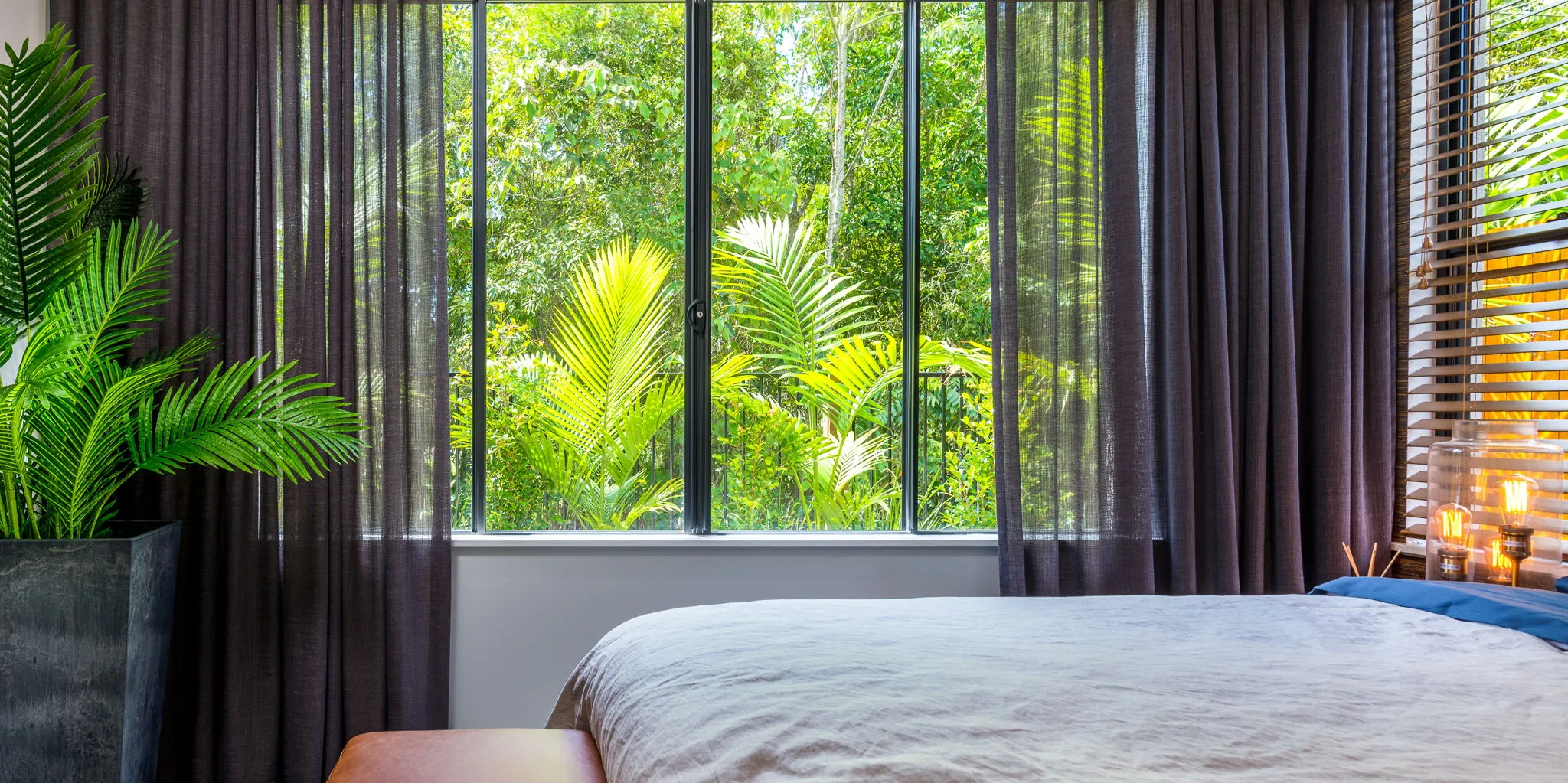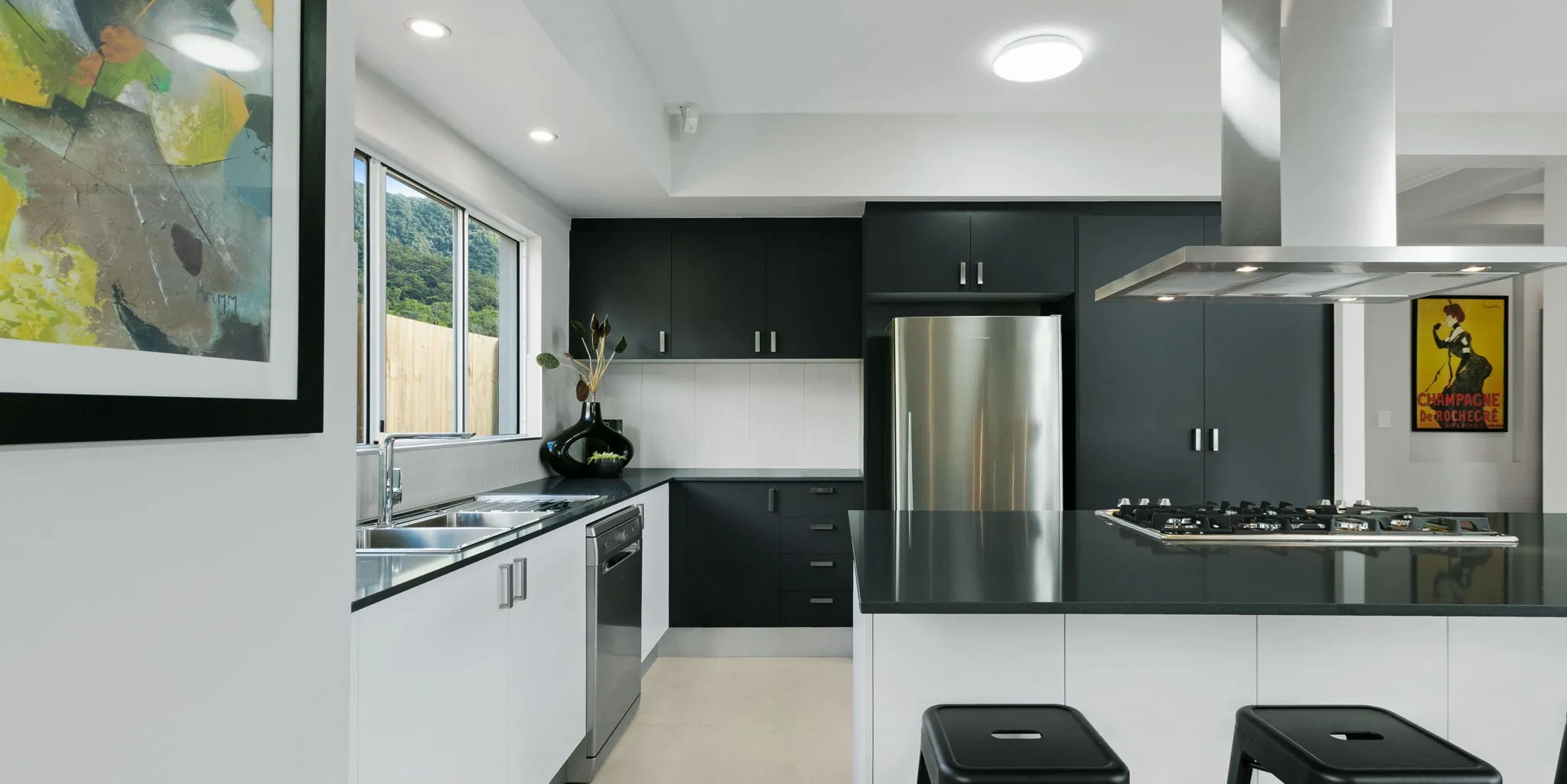2024
Differences Between Duplex and Dual Occupancy Properties

When it comes to building a new home, there’s a fair bit of confusion between a duplex and a dual occupancy property.
While they may sound similar, both duplex and dual occupancy are distinct types of homes — understanding the differences between them can help inform your decision for a new home build.
What is a duplex property?
A duplex refers to a pair of dwellings that are located next to each other, often joined together by a shared wall, facing the same street.
While they share an adjoining wall, each dwelling has its own individual title, allowing it to be owned and sold individually apart from the other household. This is due to the fact that the land that the duplexes are built on can be subdivided.
What is a dual occupancy property?
A dual occupancy property, also known as a shared-living home, can look very similar to a duplex property, especially with shared common walls between each household. However, dual occupancy properties can exist as detached properties that sit on the same plot of land, with no walls shared between dwellings.
Unlike a duplex, a dual occupancy property cannot be subdivided into individual titles — the plot of land that it resides on cannot be split, meaning that both dwellings are registered under one title with ownership shared between all parties.
Key differences between dual occupancy and duplex
Subdivision of land
A duplex allows for the subdivision of land into separate blocks, meaning that there’s much more flexibility in terms of how the dwellings can be sold or managed. In contrast, a dual occupancy property can only be owned under a single title, requiring shared ownership arrangements when different parties are involved.
Building and council costs
While dual occupancy properties are more limited in terms of title flexibility, they often incur lower building and council costs compared to a duplex. This makes dual occupancies a popular and cost-effective option for first home buyers who have a tighter budget, but still want the option of a bigger living space in the future.
Application process
Dual occupancies are typically considered to have a simpler application process compared to duplexes due to the fact that the land will exist under a single title. There are much fewer requirements and supporting documents required for a dual occupancy build, which building a duplex will usually involve the submission of detailed plans of the property.
Can a dual occupancy be converted into a duplex?
The process of such a conversion will typically involve a subdivision of the plot of land, which can be a complex and costly process. The possibility of doing so will also depend on the decision of the local council.
In general, it’s a much better idea to build a property with the end goal in mind rather than try and convert it later on due to the limitations and expenses that will be involved in doing so.
Which is right for me — duplex or dual occupancy?
This decision will ultimately depend on what your housing needs, as well as how you want to make use of the property in future.
Duplexes offer much more flexibility in terms of ownership, providing opportunities for individual sale or even property investment. Of course, this comes at a higher cost as duplexes generally require a larger block of land to be built on.
Dual occupancies are ideal for homeowners who want a cost-effective housing option with the potential to generate rental income on the other dwelling or to use it as a generational living space.
Builder Direct built by Cougar Homes is an award-winning home builder in North Queensland that delivers quality investment home builds for discerning investors. Our range of investment home designs includes duplexes, offering a variety of options to suit different requirements and budgets.







